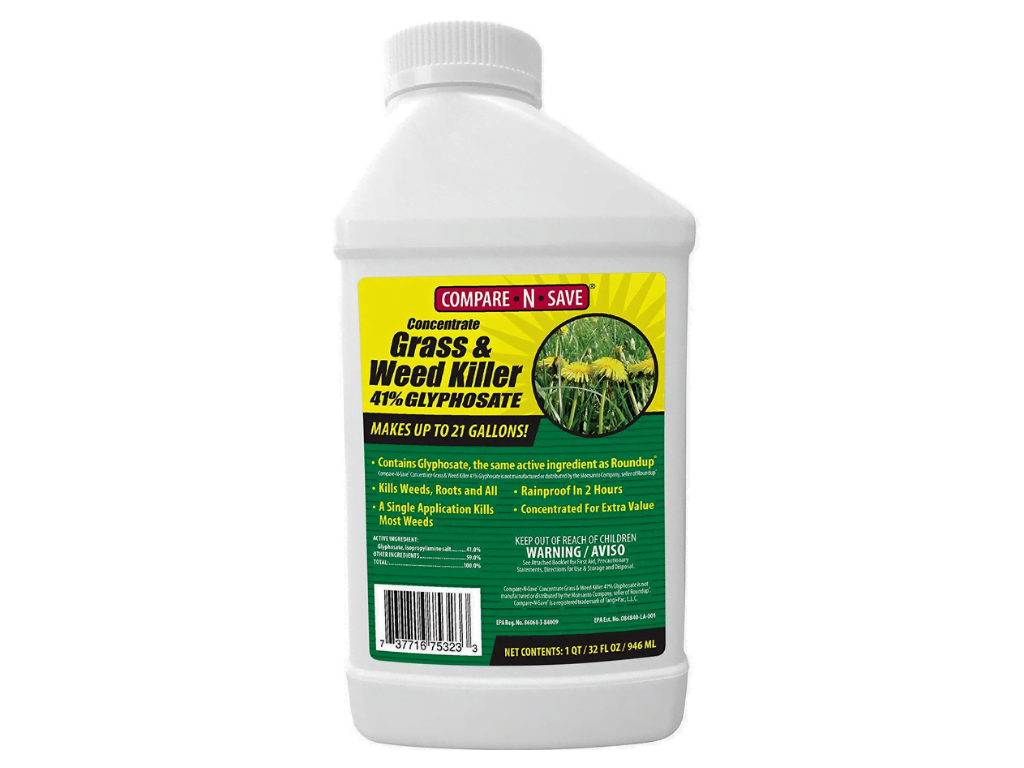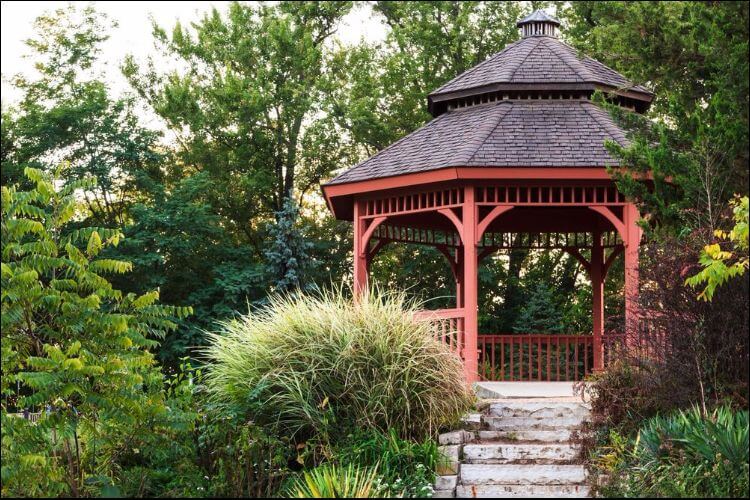Are you unsure if the plants in your garden are annuals or perennials? Knowing the difference is crucial for planning and maintaining a beautiful and thriving garden.
Annual plants complete their life cycle in just one growing season, while perennial plants come back year after year. By understanding their characteristics and growth habits, you can easily identify which category your plants fall into.
Annuals tend to have softer stems, while perennials have woody stems. Annuals also bloom for a shorter period, while perennials have longer blooming seasons. Pay attention to the appearance and growth habits of your plants, as well as their life cycle.
This knowledge will help you make informed decisions when it comes to caring for your garden. Whether you’re a beginner or an experienced gardener, understanding the difference between annuals and perennials ensures that your garden thrives and brings you joy for years to come.
Quick Summary
- Annual plants have a complete life cycle in one growing season and do not come back the following year.
- Perennial plants come back year after year and can live for many years.
- Annual plants have softer stems and bloom for a shorter period, while perennial plants have woody stems and longer blooming seasons.
- Perennial plants have a longer life cycle compared to biennials and are known for their longevity and reliability in the garden.
Definition and Characteristics of Annual Plants
You can easily determine if a plant is an annual by observing its lifecycle, which typically lasts for one year and includes germination, growth, flowering, and seed production before eventually dying off.
Annual plants have a distinct growth pattern compared to perennial plants. While perennials can live for multiple years, annuals complete their entire life cycle within one growing season. This means that they sprout from seeds, grow, produce flowers, and develop seeds all in the span of a year.
Understanding the life cycle of plants is crucial in identifying whether a plant is an annual or a perennial. Annual plants germinate from seeds, grow rapidly, and reach maturity within a short period of time. They then produce flowers and seeds before the plant dies back. This cycle repeats itself every year.
In contrast, perennial plants have a longer life cycle. They continue growing year after year, producing new leaves, stems, and sometimes flowers. Perennials can live for many years, with some even lasting for decades.
By observing the growth and life cycle of a plant, you can easily determine if it is an annual or a perennial. Annuals complete their life cycle within a year, while perennials continue to grow and survive for multiple years. Understanding these differences will help you make informed decisions when planning your garden or caring for plants.
Definition and Characteristics of Perennial Plants
When a plant blooms year after year, it creates a lush and vibrant garden that entices the senses. Perennial plants are the key to achieving this long-lasting beauty in your garden. Unlike annual plants that complete their life cycle in one year, perennial plants have a life cycle that lasts for multiple years.
Here are some characteristics that distinguish perennial plants from other types of plants:
-
Perennial plant life cycle: Perennial plants have a life cycle that can last for several years. They typically go through a period of dormancy during the winter months and then reemerge in the spring, ready to bloom again. This cycle repeats year after year, allowing the plant to establish deeper roots and grow stronger over time.
-
Perennial vs. biennial plants: While perennial plants live for multiple years, biennial plants have a life cycle that spans two years. Biennials typically grow foliage and roots in the first year and then produce flowers and seeds in the second year before dying off. On the other hand, perennial plants continue to grow and bloom year after year.
-
Longevity and reliability: Perennial plants are known for their longevity and reliability. Once they’re established in your garden, they’ll continue to thrive and bloom for many years, providing you with a beautiful and low-maintenance landscape.
Incorporating perennial plants into your garden can add a sense of permanence and beauty. By understanding the characteristics of perennial plants and their life cycle, you can create a garden that isn’t only visually appealing but also sustainable and long-lasting.
Differences in Appearance and Growth Habits
Contrarily, perennial plants exhibit distinct appearances and growth habits that set them apart from their annual counterparts. Differentiating annuals and perennials can be crucial when it comes to identifying plants based on their lifespan.
Perennial plants are known for their long-lasting nature, as they’re capable of surviving for multiple years. They often have woody stems and develop deep root systems, providing them with the ability to withstand harsh weather conditions and periods of drought. Their growth habit is characterized by a slower and steady pace, with new growth occurring from the same root system each year. This results in the plant becoming larger and more robust over time.
In terms of appearance, perennials often have thicker leaves and stems compared to annuals. Their foliage can also remain green throughout the year, even during the winter months. Additionally, perennials tend to produce flowers in multiple seasons, adding beauty and color to gardens year after year.
Identifying these unique characteristics can help you determine whether a plant is an annual or a perennial, ensuring you can provide the appropriate care and maintenance for its specific needs.
Identifying Annual Plants
To properly identify annual plants, it’s important to observe their growth patterns and characteristics over a single growing season. Here are some key points to help you in identifying annual plants:
-
Life Cycle: Annual plants complete their entire life cycle in just one year. They germinate, grow, flower, produce seeds, and then die all within a single growing season. This means that they won’t come back the following year.
-
Fast Growth: Annual plants have a rapid growth rate compared to perennial plants. They sprout quickly from seeds and reach maturity within a few months.
-
Flowering: Annual plants often have vibrant and showy flowers. They invest a lot of energy into producing flowers to attract pollinators and ensure seed production.
-
Seed Production: Annual plants produce a large number of seeds to ensure their survival. These seeds are typically small, lightweight, and easily dispersed by wind, water, or animals.
By observing these characteristics, you can easily identify annual plants. Remember that annual plants complete their life cycle within a single growing season, grow quickly, produce showy flowers, and have abundant seed production. Knowing these traits will help you differentiate annual plants from perennial plants.
Identifying Perennial Plants
Identifying perennial plants can be a fascinating journey as you uncover the enduring beauty and resilience of these long-lasting botanical wonders. If you’re interested in identifying perennial flowers and want to learn some useful techniques, you’ve come to the right place.
One of the most effective ways to identify perennial plants is by looking at their growth habit. Unlike annual plants that complete their life cycle in one year, perennials have a longer lifespan and continue to grow year after year. Look for plants with woody stems or persistent foliage as these are common characteristics of perennials.
Another helpful technique is to observe the flowering pattern of the plant. Perennial flowers tend to bloom year after year during specific seasons, while annuals typically bloom for just one season. By noting the time and duration of the plant’s flowering, you can get a good idea of whether it’s a perennial or an annual.
Additionally, pay attention to the plant’s root system. Perennials often have extensive and well-established root systems, which allow them to survive harsh weather conditions and come back every year. Annuals, on the other hand, usually have shallower roots.
Remember, identifying perennial plants isn’t only exciting but can also ensure safety in your gardening endeavors. By understanding the characteristics and using these perennial plant identification techniques, you’ll be able to enjoy the enduring beauty of these plants in your garden for years to come.
Benefits and Uses of Annual Plants
One of the great advantages of annual plants is that they provide a burst of color and beauty to your garden for a short but vibrant period of time. Annual plants are plants that complete their life cycle within one year. They grow, flower, produce seeds, and die all in a span of twelve months. This means that you can enjoy a new set of flowers and foliage every year, keeping your garden fresh and exciting.
The benefits of annual plants go beyond their visual appeal. They’re incredibly versatile and can be used in various ways to enhance your garden. For starters, annual plants are perfect for filling in gaps in your flower beds or adding pops of color to your borders. They can also be used to create stunning hanging baskets or container gardens that can be moved around to different areas of your yard.
Annual plants are also great for attracting pollinators, such as bees and butterflies, to your garden. These beautiful creatures play a vital role in pollination, which helps to ensure the reproduction of many plant species. By planting annuals, you’re not only adding beauty to your garden but also supporting the ecosystem.
The benefits of annual plants are plenty. They add a burst of color and beauty to your garden, fill in gaps, create stunning container gardens, and attract pollinators. So go ahead and incorporate annual plants into your garden to enjoy their short but vibrant presence.
Benefits and Uses of Perennial Plants
Perennial plants bring lasting beauty and joy to your garden, filling it with vibrant colors and enchanting scents year after year. They’re a great addition to any garden, providing numerous benefits that’ll make your gardening experience even more enjoyable.
One of the main benefits of perennial plants is their longevity. Unlike annual plants that only last for one season, perennials come back year after year, saving you time and effort in replanting. This makes them perfect for beginners who may not have a lot of gardening experience.
Another benefit of perennial plants is their ability to attract pollinators. These plants produce nectar-rich flowers that are irresistible to bees, butterflies, and hummingbirds. By planting perennials in your garden, you’re not only adding beauty to your landscape but also providing a valuable food source for these important pollinators.
When choosing perennial plants for beginners, it’s best to start with low-maintenance options. Some popular choices include lavender, coneflower, and yarrow. These plants are known for their resilience and ability to thrive in a variety of conditions. They require minimal care and can tolerate some neglect, making them perfect for those who are new to gardening or have limited time to devote to their plants.
Incorporating perennial plants into your garden has many benefits. From their long-lasting beauty to their ability to attract pollinators, these plants are a great choice for beginners. Start with low-maintenance options like lavender, coneflower, and yarrow, and watch your garden come alive with color and life year after year.
Planning and Designing Your Garden
Creating a garden is like painting a picture, with each plant and flower carefully chosen and placed to create a stunning and harmonious design. When planning and designing your garden, there are a few important factors to consider. Here are some tips to help you create a safe and beautiful garden layout:
-
Start by determining the purpose of your garden. Are you looking to create a peaceful retreat or a vibrant space for entertaining? Understanding your garden’s purpose will guide your plant selection and layout decisions.
-
Consider the size of your garden and the available space. Take measurements and make a rough sketch of your garden area. This will help you visualize how different plants will fit and interact with each other.
-
Pay attention to sunlight and shade patterns in your garden. Some plants thrive in full sunlight, while others prefer partial or full shade. Understanding the light conditions in your garden will help you choose the right plants for each area.
-
Take into account the maintenance requirements of different plants. Some plants require regular pruning or watering, while others are low maintenance. Choose plants that suit your gardening skills and time availability.
By carefully considering these factors and incorporating them into your garden layout and plant selection, you can create a safe and beautiful garden that’ll bring you joy for years to come.
Frequently Asked Questions
What are some common examples of annual plants?
Annual plants complete their life cycle in one year. Some common examples include marigolds, petunias, and zinnias. They have distinct characteristics like fast growth, vibrant flowers, and the need to be replanted each year.
Can an annual plant be grown indoors?
Growing annual plants indoors can be beneficial, but it also presents challenges. To ensure their well-being, follow best practices for indoor annual plant care. Remember, safety is important when caring for indoor plants.
How do annual and perennial plants differ in terms of their lifespan?
Annual plants and perennial plants differ in their lifespan. Annuals complete their lifecycle in one year, while perennials live for multiple years. Differences in growth patterns and factors affecting lifespan determine their longevity.
Are there any specific environmental factors that affect the growth of annual plants?
To ensure the healthy growth of annual plants, it is important to consider environmental factors such as sunlight and water. These factors are crucial for their growth and should be provided in appropriate amounts for optimal results.
Can annual and perennial plants be grown together in the same garden bed?
Yes, annual and perennial plants can be grown together in the same garden bed. However, it’s important to consider their compatibility and the benefits and challenges that come with it for a safe and successful gardening experience.
Conclusion
So there you have it! Now that you know how to tell if a plant is an annual or a perennial, you can confidently plan and design your garden.
By understanding the differences in appearance and growth habits, as well as the benefits and uses of each type of plant, you’ll be able to create a beautiful and thriving garden that will bring you joy year after year.
Happy gardening!








